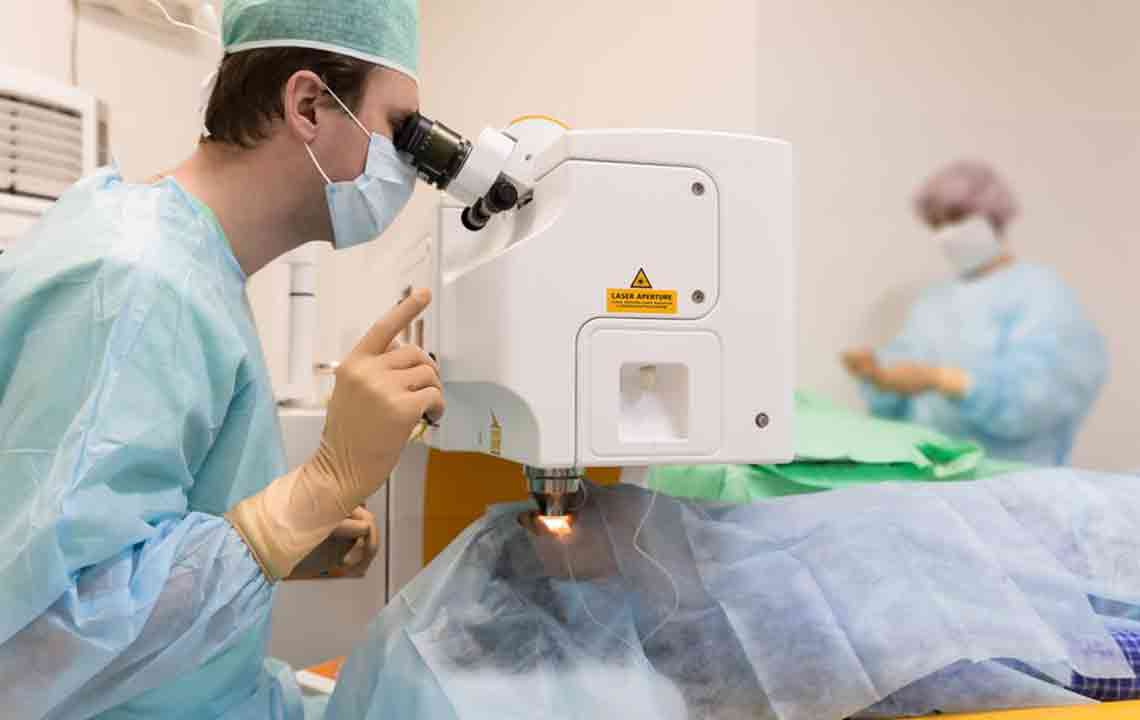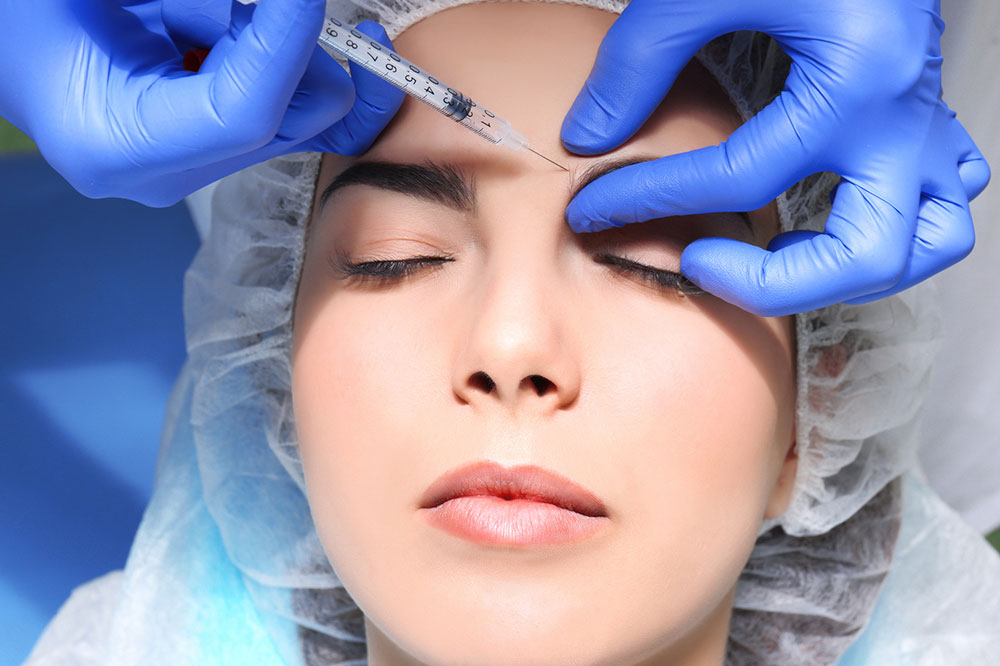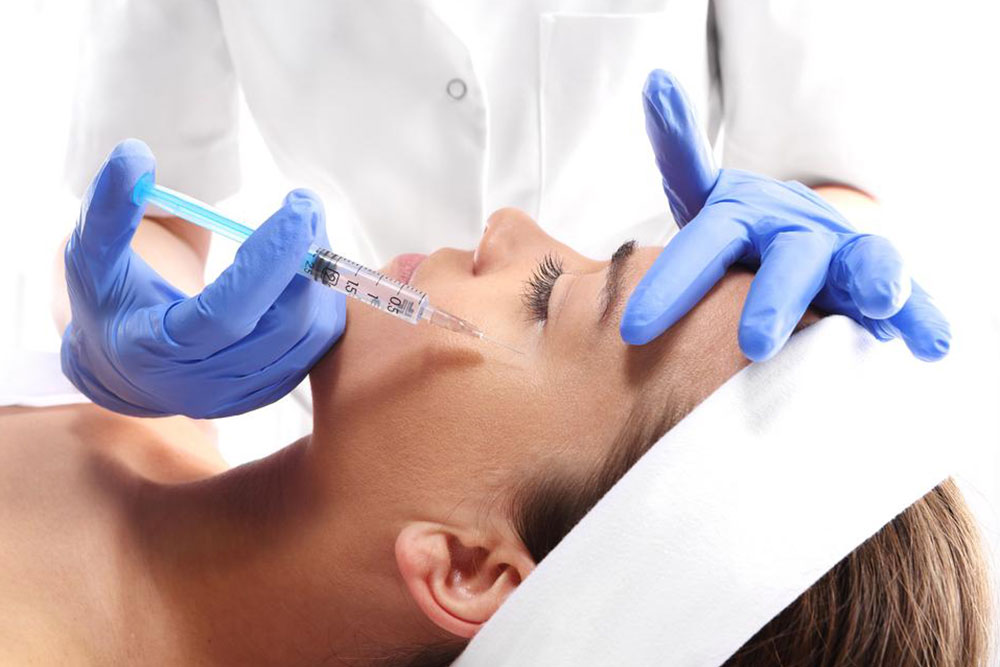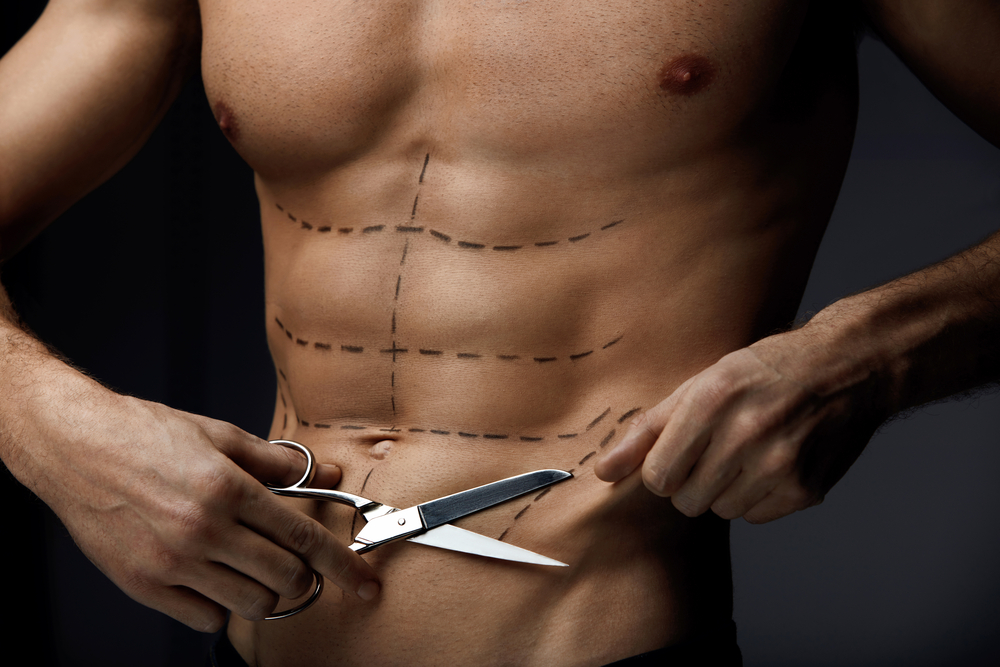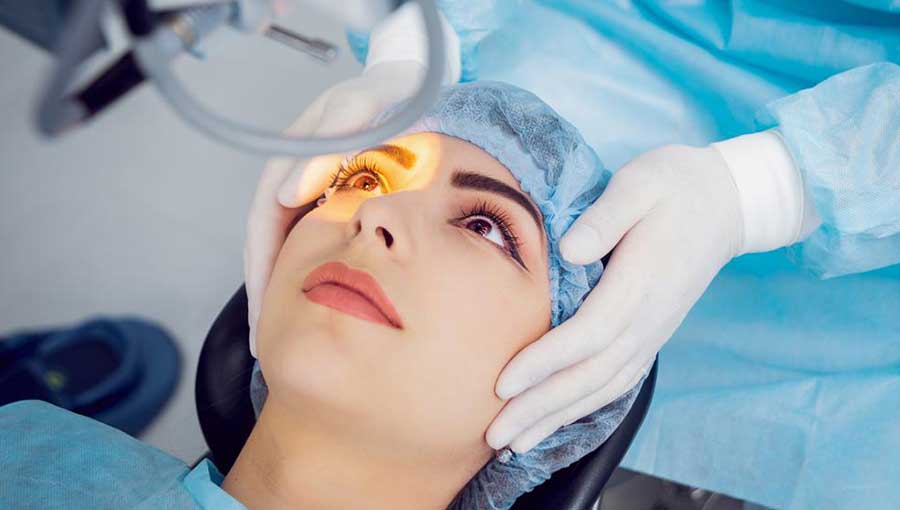Comprehensive Guide to Plastic Surgery: Types, Procedures, and Costs
This article offers an in-depth overview of plastic surgery, covering types, procedures, qualifications, and costs. It highlights the differences between reconstructive and cosmetic surgeries, the essential skills surgeons need, and popular treatment options. With an emphasis on safety and expertise, the guide helps prospective patients understand what to consider before undergoing any procedure, along with cost estimates and top surgeons in the field, ensuring informed decision-making for aesthetic or reconstructive needs.
Sponsored
Comprehensive Overview of Plastic Surgery: Variations, Techniques, and Pricing
Plastic surgery primarily focuses on reconstructive and aesthetic procedures. Surgeons often treat patients with congenital defects, trauma, infections, or burns. They also perform procedures to enhance personal appearance. While common, it's crucial to thoroughly research both the procedure and surgeon beforehand, understanding the do's and don'ts to ensure safety.
What Does a Plastic Surgeon Do?
These specialists address issues related to body deformities or injuries affecting appearance and function. They perform reconstructive surgeries to repair damaged tissues and aesthetic surgeries to improve visual appeal.

Surgeries are also performed to enhance physical traits for aesthetic purposes.
Reconstructive vs. Cosmetic Surgery
Reconstructive procedures fix functional or deformity issues caused by conditions like birth defects, injuries, or disease. Cosmetic surgeries aim to improve appearance without necessarily addressing health concerns. Many plastic surgeons train in both areas, with some specializing exclusively in cosmetic procedures for advanced expertise.
Qualifications Required for Plastic Surgeons
Becoming a plastic surgeon begins with earning an MD or osteopathic degree. Following medical school, professionals typically complete a six-year residency in plastic surgery or a five-year general surgery program plus additional specialized training. This extensive education ensures the surgeon's expertise in both reconstructive and aesthetic techniques.
Common Plastic Surgery Techniques
Typical procedures include:
Skin Grafts: Transplanting healthy skin from one body area to replace damaged skin.
Skin Flap Surgery: Moving healthy tissue along with its blood supply from one part of the body to another.
Tissue Expansion: Stretching existing skin to produce extra tissue for reconstruction.
Categories of Plastic Surgery
Plastic surgeries are divided mainly into reconstructive and aesthetic categories. Common types include:
Aesthetic Surgery: Procedures like breast augmentation, facial contouring, body sculpting, and skin rejuvenation aimed at enhancing appearance.
Burn Treatment Surgery: Divided into acute care right after burns and reconstructive surgeries after healing.
Microsurgery: Reattachment of blood vessels and tissues, often for breast or hand reconstruction.
Corrective Surgery for Congenital Anomalies: Treating issues such as cleft lip and craniosynostosis, often performed during pediatric surgeries.
Hand Surgery: Addressing injuries, nerve issues, and chronic hand or wrist conditions.
Plastic Surgery Costs
Approximate prices for common procedures include:
Rhinoplasty: $5,000 - $15,500
Facelift/Neck Lift: $4,000 - $19,000
Breast Augmentation: $6,000 - $12,000
Abdominoplasty: $7,500 - $16,000
Lip Injections: $500 - $1,000
Leading Plastic Surgeons
As demand increases globally, selecting a reputable surgeon is essential. Some top practitioners include:
Dr. William P. Adams Jr.
Dr. G. Patrick Maxwell
Dr. Garth Fisher
Dr. Michael Zenn
Dr. David Hidalgo
Dr. Dennis C. Hammond
Dr. Grace Ma
Dr. Steven Teitelbaum
Dr. Aaron Stone
Dr. Drew Metcalfe


